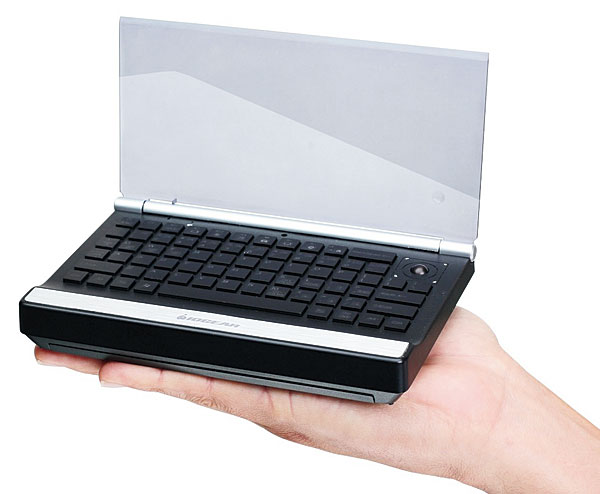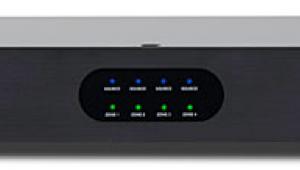I am ready to make the plunge, mainly due to iTunes Match, YouTube and Netflix. I already watch a good bit of video from my Win7 PC, but it has no HTPC integration, at all.
Two questions -
Do you have any recommendations for integrating with DirecTv?
and
If I don't do OTA HDTV, can I delete the tuner card? I would think so.
Thanks for your response and this great site.
 I consider myself a pretty astute computer user. But when I walk into my theater room, I’m normally looking for a slightly more passive experience that doesn’t involve anything more mentally taxing than finding out where the remote control is hidden. So I definitely appreciated the ease with which WMC got me where I wanted to go, whether it was listening to Ha Ha Tonka, watching broadcast TV, searching for Internet TV shows, watching a movie on Blu-ray, or looking at digital photos. Those digital photos, by the way, have been a regular source of irritation. Family members have often complained that photos are locked away in a hard drive somewhere and too difficult to show to others.
I consider myself a pretty astute computer user. But when I walk into my theater room, I’m normally looking for a slightly more passive experience that doesn’t involve anything more mentally taxing than finding out where the remote control is hidden. So I definitely appreciated the ease with which WMC got me where I wanted to go, whether it was listening to Ha Ha Tonka, watching broadcast TV, searching for Internet TV shows, watching a movie on Blu-ray, or looking at digital photos. Those digital photos, by the way, have been a regular source of irritation. Family members have often complained that photos are locked away in a hard drive somewhere and too difficult to show to others.
































































